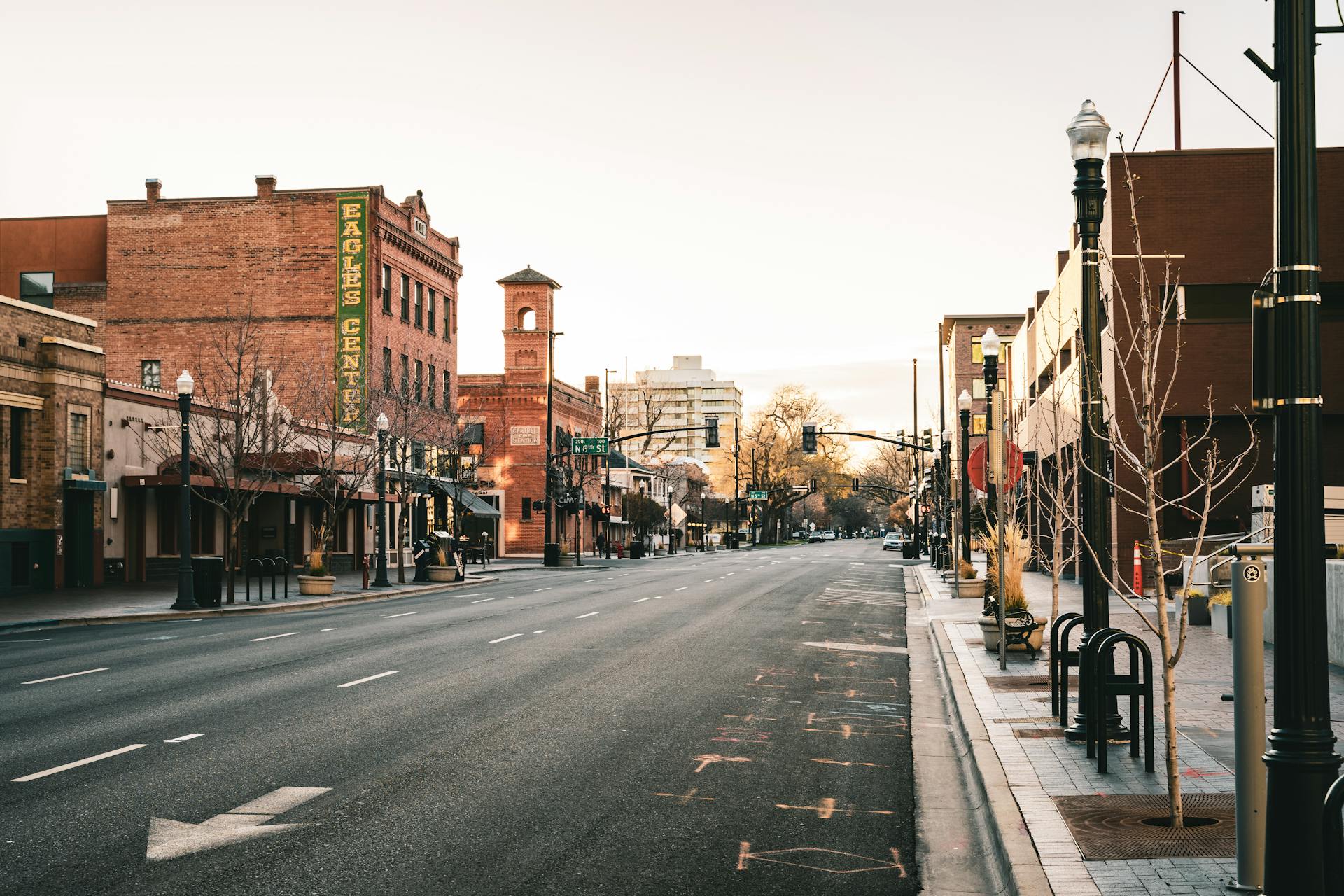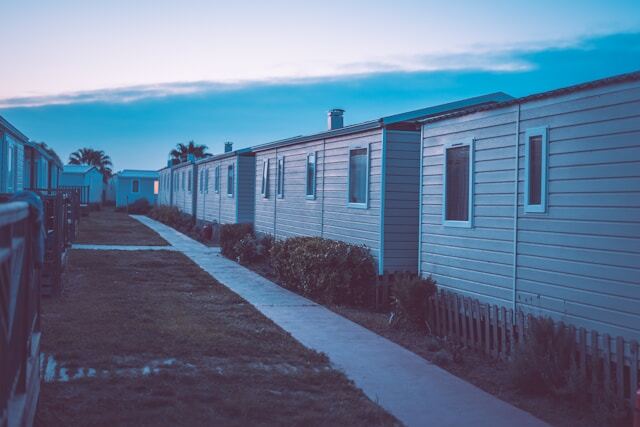High Value Corners: What Investors Should Know About Out Parcels
May 30th, 2025
4 min read

Out-parcels are standalone buildings placed on the edges of larger retail centers that capture high visibility and drive-by traffic. They often host fast-food restaurants, service providers, or boutique stores, generate premium rents, and boost the overall center’s income. When planned well, they enhance tenant mix, add value, and offer investors a steady stream of income.

Picture this: You’re driving on a new route home one afternoon and feeling peckish. You spot a Chick-fil-A peeking out of a parking lot near the next exit and decide to stop at the restaurant for a quick bite.
When you pull in, you realize that it’s not just the Chick-fil-A that’s here; there is a variety of stores, from big-name retailers to a couple of trendy boutiques. You realize that you need a pair of new shoes and have been feeling stiff, so you stop into the Nordstrom Rack to get some new loafers and enjoy a well-earned massage at the spa in the same parking lot.
You have just experienced the power of an out parcel.
These standalone buildings, also called “parcels,” form a strategic ring around major retail centers, creating additional profit centers that create unique opportunities for shoppers and investors.

Out parcels are ideal for drive-thru-only retailers or retailers utilizing outdoor seating, like Sonic, and coffee shops like Starbucks and Dutch Bros.
When managed correctly, out parcels offer investors stable income and increased returns. Their impressive performance record, operational efficiency, and market adaptability make them particularly attractive to new and experienced investors. To best utilize this retail type in their investment portfolio, new investors should take the time to learn the nuts and bolts of out parcels.
In this article, we’ll explore out parcels, their positioning and characteristics, future trends with out parcels, and how out parcels can boost a shopping center's successful operation, giving investors like you the best return on their investments.
What is an Out Parcel?
An out parcel is a small, standalone building located on a center's outer edges or perimeter. Out parcels are common in power centers, large open-air shopping centers typically anchored by big-box stores like TJ Maxx, Ross, or Best Buy.
These buildings are usually separate from the main retail structure and are often surrounded by parking lots. Out parcels are like tiny islands surrounded by a sea of asphalt.
Out parcels usually feature businesses like:
- Fast food restaurants: McDonald’s, Chick-fil-A, or Starbucks
- Service providers: Such as dental offices, nail salons, or banks
- Specialty retail stores: Smaller boutique-style businesses that complement the larger retail offerings in the main center
Anatomy and Structure of an Out Parcel
Out parcels are more than convenient additions to shopping centers. These standalone buildings, typically 2,000 to 7,000 square feet, occupy prime positions along the perimeter of shopping centers, making them instantly visible to passing traffic.
Essentially, out parcels act as sentries, telling passing cars, “Hey, guys! There are stores you know and love over here!” Once out parcels attract visitors to the area, the other stores provide additional shopping experiences to keep them there.
Key Characteristics of an Out Parcel
- Strategic Positioning: Usually located along high-traffic roads or main entrances, out parcels ensure maximum visibility and accessibility, attracting a steady flow of potential customers.
- Independent Infrastructure: Separate utilities, parking, and often drive-thru capabilities
- Flexible Design: Custom-built to tenant specifications with aesthetic harmony with the main center
- Premium Visibility: 360-degree exposure and prominent signage opportunities
Additionally, out parcels usually feature custom building designs, drive-thru capabilities, full visibility, and premium signage options. While out parcels stand alone, they are strong, with prime locations and visibility for shopping center customers.
Why are Out Parcels Important?
Out parcels are a valuable part of a shopping center’s design for several reasons:
1. Attracting Additional Foot Traffic
Have you ever stopped into a store, not because you particularly needed anything from it but because you were already in the area? This is one of the reasons why out parcels are so beneficial: they attract high levels of foot traffic.
Popular restaurants and service providers in out parcels often draw in visitors who may not initially plan to shop at the larger retail stores. After dining or completing an appointment, customers might decide to visit the main shopping center, sharing their love with other tenants.
For example, someone grabbing lunch at a Chick-fil-A out parcel may browse at TJ Maxx or Ross in the shopping center.
2. Generating Additional Revenue
For property owners, out parcels represent an opportunity to generate additional rental income. While main center spaces typically command $20-30 per square foot, out parcels can generate two to three times these rates. This is because of their prime location and visibility.
Since these parcels are smaller and detached from the main center, they can be leased to businesses that prefer standalone locations but still want the benefits of proximity to a high-traffic retail environment. This makes them prime real estate for fast food chains, banks, and other service-oriented businesses.
3. Creating a Well-Rounded Tenant Mix
Remember that old saying? “variety is the spice of life”? Well, variety is the spice of shopping centers, too. Out parcels are particularly equipped to provide a dose of this variety in the shopping experience. No one wants to visit a shopping center with only shoe or department stores.
While the main retail space in a center may be dedicated to large retailers, out parcels can provide room for smaller, more specialized businesses. They contribute to creating a well-rounded tenant mix in shopping centers and allow the centers to cater to a wider range of customer needs.
The Role of Out Parcels
Out parcels are especially common in power centers—large, open-air shopping centers typically anchored by several junior box retailers. Junior box stores, like Kohl’s, Marshalls, or Best Buy, drive significant foot traffic. Out parcels act as the cherry on top, adding complementary businesses that enhance the shopping experience.
In many cases, the out parcels are strategically placed to maximize visibility and accessibility. They may be located near major entrances or exits, making it easy for customers to stop by without needing to enter the main shopping area. This placement is particularly advantageous for fast-food restaurants or drive-thru locations that benefit from quick visits.
Future Trends in Out Parcels
Out parcels continue evolving with changing consumer preferences and retail patterns. Healthcare services increasingly claim these spaces, while digital commerce integration creates new opportunities for physical retail locations. Additionally, in recent years, there has been a growing awareness of sustainability issues, reflected in considerations being taken now to have sustainable construction and operations with out parcels.
Several trends have been emerging with out parcels in recent years:
- Health and Wellness Focus: Medical clinics and fitness centers
- Experiential Retail: Interactive showrooms and pop-up spaces
- Digital Integration: Ghost kitchens and hybrid retail concepts
- Sustainable Design: Businesses with energy-efficient capabilities
Out Parcels in the Evolving Retail Landscape
Out parcels represent the perfect marriage of convenience and commerce in modern retail development. Their ability to generate premium rents while creating synergistic relationships with main center tenants makes them powerful assets. As retail continues to evolve, out parcels will continue to adapt, offering new opportunities for innovation in the commercial real estate landscape.
The success of out parcels demonstrates how strategic placement and thoughtful design create lasting value in retail properties. For shopping center investors, these properties offer lessons in how location strategy combines with operational excellence to build sustainable success in retail development.
These properties prove that in real estate, location isn't just about where you are – it's about how you use that position to create value for everyone involved.
Topics:


























